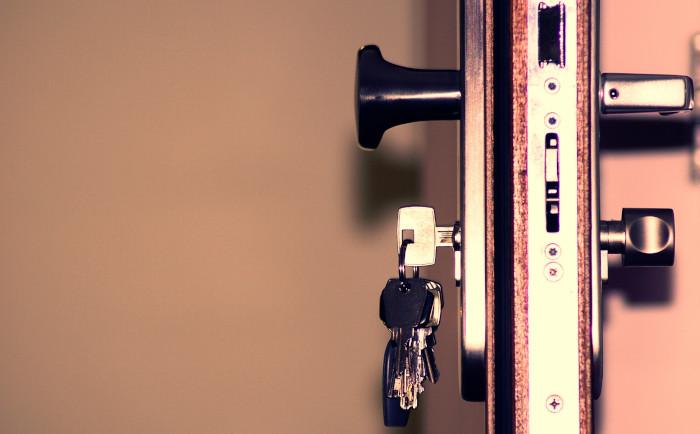Is your door lock functioning properly? Are you confident that your home is as protected as it can be? Like most homeowners, you may not give much thought to your door locks until there’s a problem. But by taking a little time to perform routine maintenance on your locks, you can help ensure your home’s security. Here are some tips to get you started:

Keep the original copy of your keys
Another way to maintain your door is to use the keys properly. Keys may wear before the locks do. When you’re installing new locks, it’s wise to set aside another copy of the original keys to use when making duplicates.
When the area starts to wear out, you must replace it. Continuing to use worn keys may damage the locking mechanism or cause the key to break. Remember that duplicates are never exact, and some variances increase when copies are made from another duplicate. This variance can make a difference between a good and a working key.
If your duplicate keys aren’t functioning well or your original keys are already worn out, you might want to replace or rekey your locks. This will help you avoid getting locked out of your house and making an emergency call to your trusted locksmith. Source: E-Architect
Make sure the locking mechanism is clean
Dirt, dust, and grime build up in small mechanisms of our locks—especially where the latch and deadbolt connect with the frame. Every time we press the key into the keyway, small particles build up on the pins inside the locking mechanism. Dirt also collects in and around the strike plate, the hinges, and the door’s threshold.
Remove the dirt, but don’t go overboard here. Harsh cleaning solutions or frequent passes with a rough cloth can wear down the parts of the lock if you’re not careful.
You’ll need a bottle of pressurized air, soft cloth or soft-bristled toothbrush, warm water, and a mile cleaner like dish soap. Here are the prime areas to target:
- Keyway: Spray pressurized air into the keyhole—known as the keyway. Wipe the area around the keyway as well. (We’ll cover lubricating locks below.)
- Strike plate: Inspect the plate on the door threshold that connects with the latch or deadbolt. Clean the plate and the borehole and check for disrepair.
- Latch: Move your handle or door knob back and forth to wipe down each part of the latch.
- Deadbolt: Turn the deadbolt open and closed to clean each section of the lock as well.
- Hinges: Wipe down the hinge plates and outside of the hinge pins for built-up dust.
- Tracks and Threshold: Wipe around the frame and threshold of the door, or along the track if it’s a sliding model. Source: Angi
Call in a professional
The moving parts of locks do eventually wear out. So if one of these simple fixes doesn’t work, your lock may need to be professionally repaired or replaced. If you’re experiencing any of the following situations, you should call in a professional locksmith:
- The entire cylinder is turning when you try to use the lock.
- Your jammed lock doesn’t respond after lubrication.
- You can’t remove a key that’s broken off inside your lock.
- The key turns, but the lock doesn’t operate.
- Your lock has been damaged during an attempted break-in.
- You have security concerns and want a deadbolt installed.
- The lock is old and needs to be replaced.
Professional locksmiths have the right tools and training to get the job done efficiently and correctly to ensure the security of your home and family, so don’t hesitate to call for help if you need it. Source: HomeServe
If you experience any problems with your door locks or need assistance with routine maintenance, don’t hesitate to give us a call!
Contact:
(778) 868-4628
